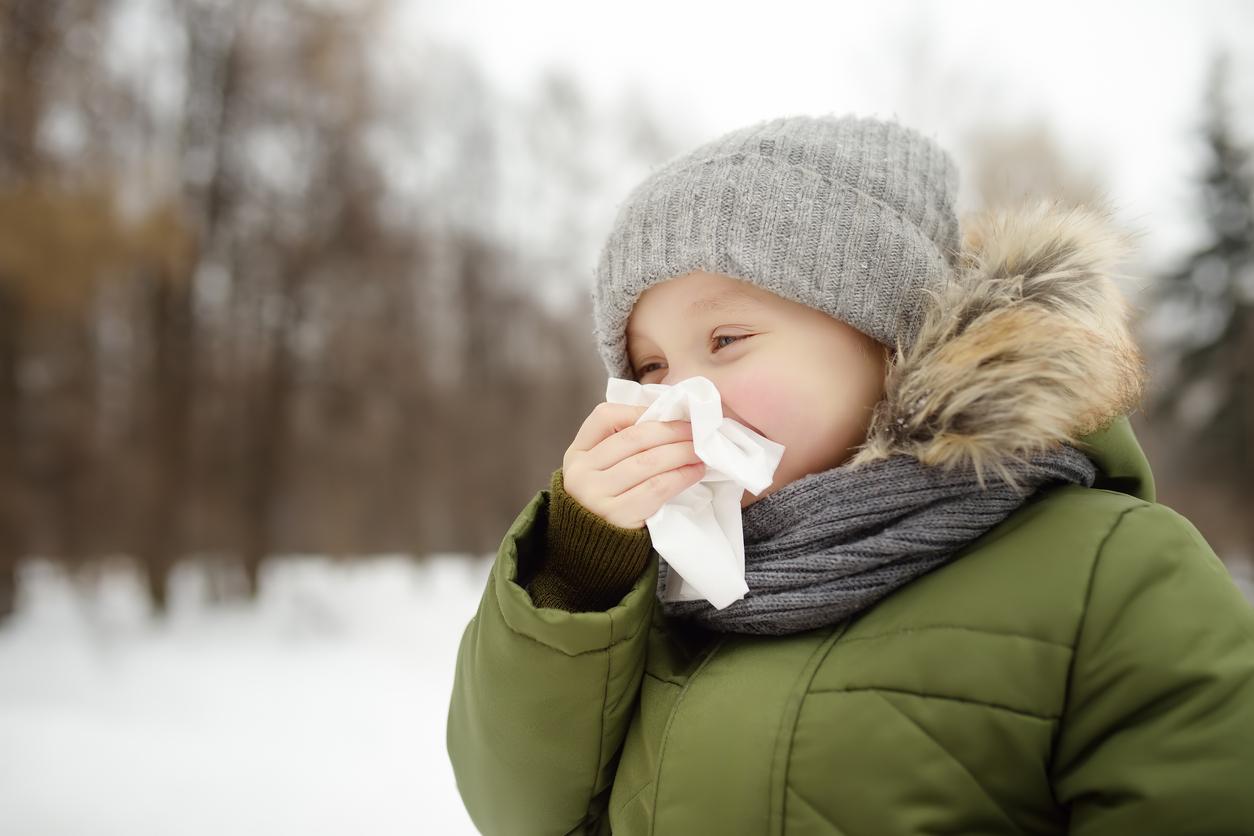Illnesses from three main respiratory viruses remain high across the nation, but, for a second week, some indicators that the Centers for Disease Control and Prevention (CDC) tracks, such as hospitalizations and SARS-CoV-2 wastewater levels, showed declines.
In its latest updates for COVID-19, flu, and respiratory syncytial virus (RSV), the CDC said rapid increases seen in the weeks leading up to the winter holidays have slowed, with decreases noted for COVID-19 and continuing declines in RSV activity in some regions. Overall, flu activity shows stable or declining trends, but the CDC said it is closely watching for a second spike that sometimes occurs after the winter holidays.
Hospital occupancy, including intensive care unit capacity, remains stable for all causes, including COVID and flu.
COVID wastewater levels very high but declining
Of the two main severity markers for COVID, hospitalizations fell 9.6% compared to the previous week, but deaths were up 10.3%. COVID deaths make up the lion's share of fatalities from the three respiratory viruses. Deaths were highest in the Midwest and Northeast.
Early indicators also declined, with emergency department (ED) visits down 19%. They are highest for infants and older adults, but are also elevated for young children. Test positivity declined slightly, by 1%, and is at 11.8% nationally, with positivity a bit higher in Midwest, Northeast, South Central, and Northwestern states than in other regions.
Influenza A is still dominant, at 81.3% of positive respiratory specimens at public flu labs. Of subtyped A viruses, 73.1% were the 2009 H1N1 strain.
The CDC said SARS-CoV-2 wastewater detections are still at very high levels. Biobot SARS-CoV-2 wastewater tracking shows that detections have been declining nationally since the end of December. Levels are declining for all regions, with detections highest in the Northeast, followed by the Midwest.
The CDC also released its latest variant proportion estimates today, which also show another steady jump in JN.1 viruses. The variant, part of the BA.2.86 family, now makes up 85.7% of SARS-CoV-2 viruses, up steadily from 68.8% reported 2 weeks ago.
Flu ED visits rise in younger schoolchildren
Though flu ebbed or stabilized over the past 2 weeks, percent positivity at clinical labs and ED visits increased in some regions and in some age-groups over the past week, the CDC said in its respiratory virus snapshot.
ED visits for flu are increasing in children ages 5 to 11 years old and are declining in other age-groups. Meanwhile, outpatient visits for flulike illness—still above the national baseline since November—dropped a bit, the CDC said in its latest weekly FluView report.
Hospitalizations declined for the second week in a row, with rates highest in seniors, followed by adults ages 50 to 64 and children as old as 4.
Seven more pediatric flu deaths were reported, raising the season's total to 47. They occurred from early December to the first week of January. Five were linked to influenza B, and two involved influenza A. Across all age-groups, deaths from flu declined 1.2% last week.
RSV high but trending lower
In its RSV tracking, the CDC said activity is still high across all regions, but it has declined in some areas. ED visits stabilized at the end of November and started to decline in late December and are currently highest in children as old as 4.
Test positivity for RSV has shown a steady decline since the middle of December, with a sharper drop in hospitalizations that began at the end of the month.





















